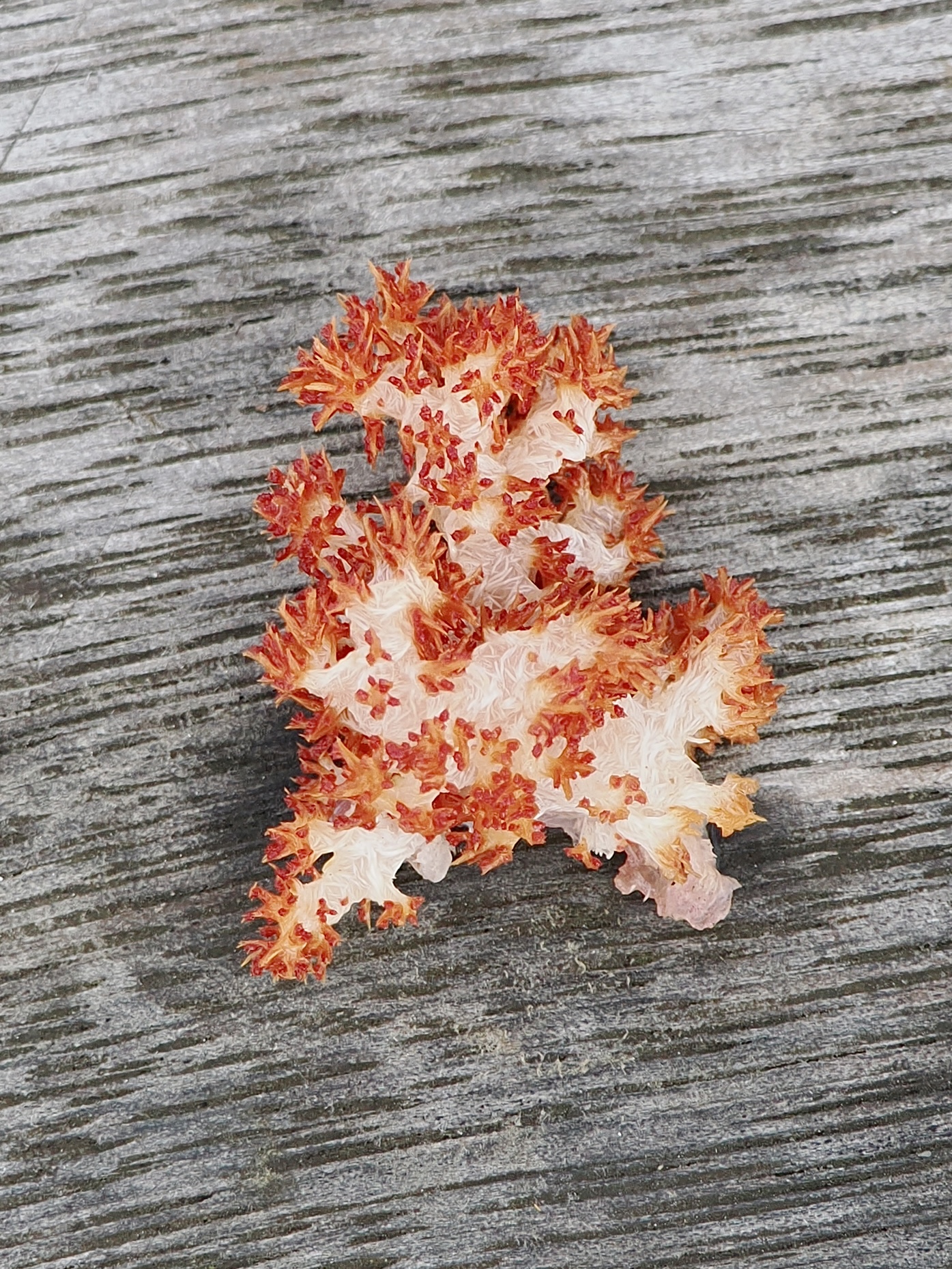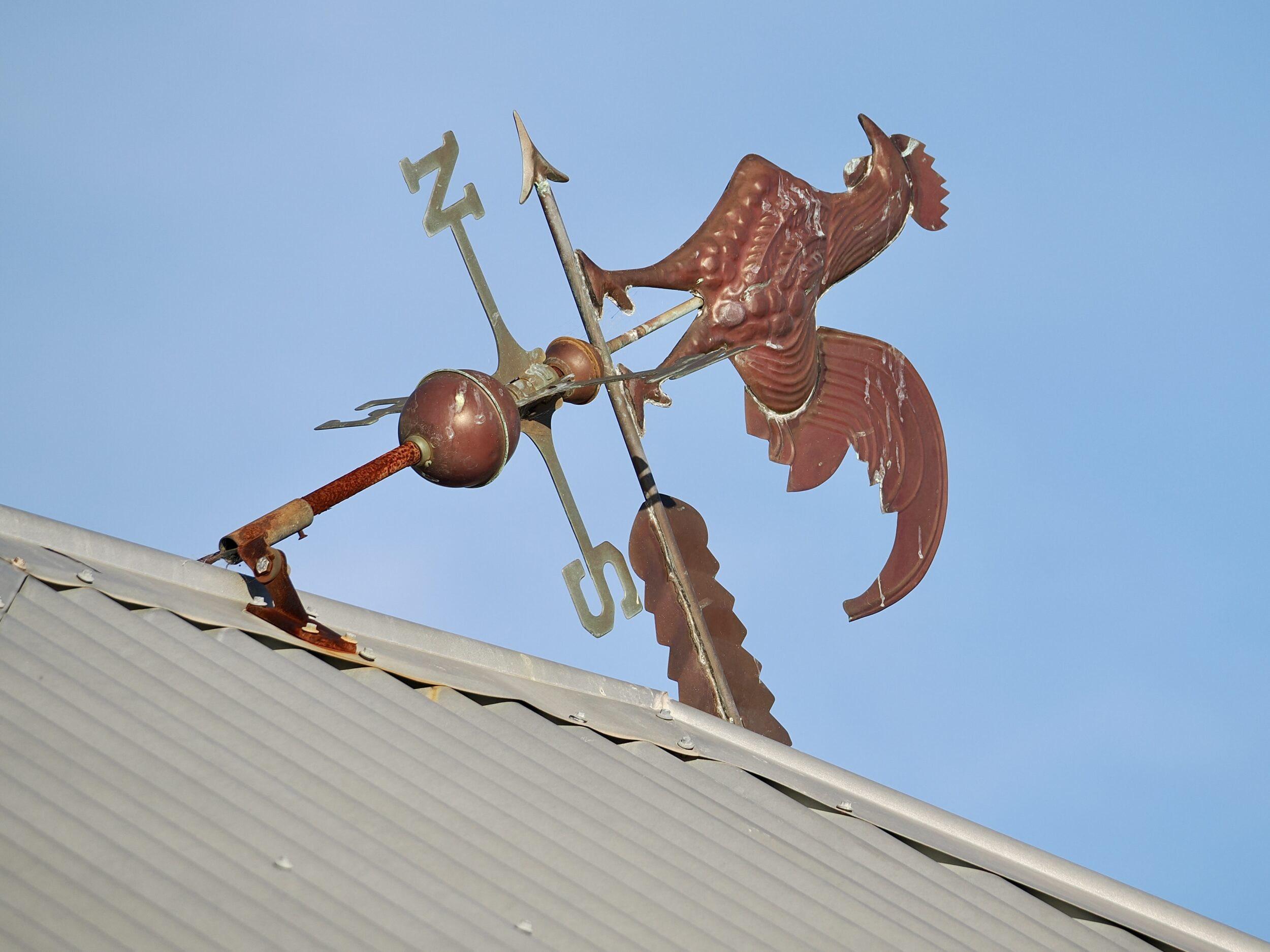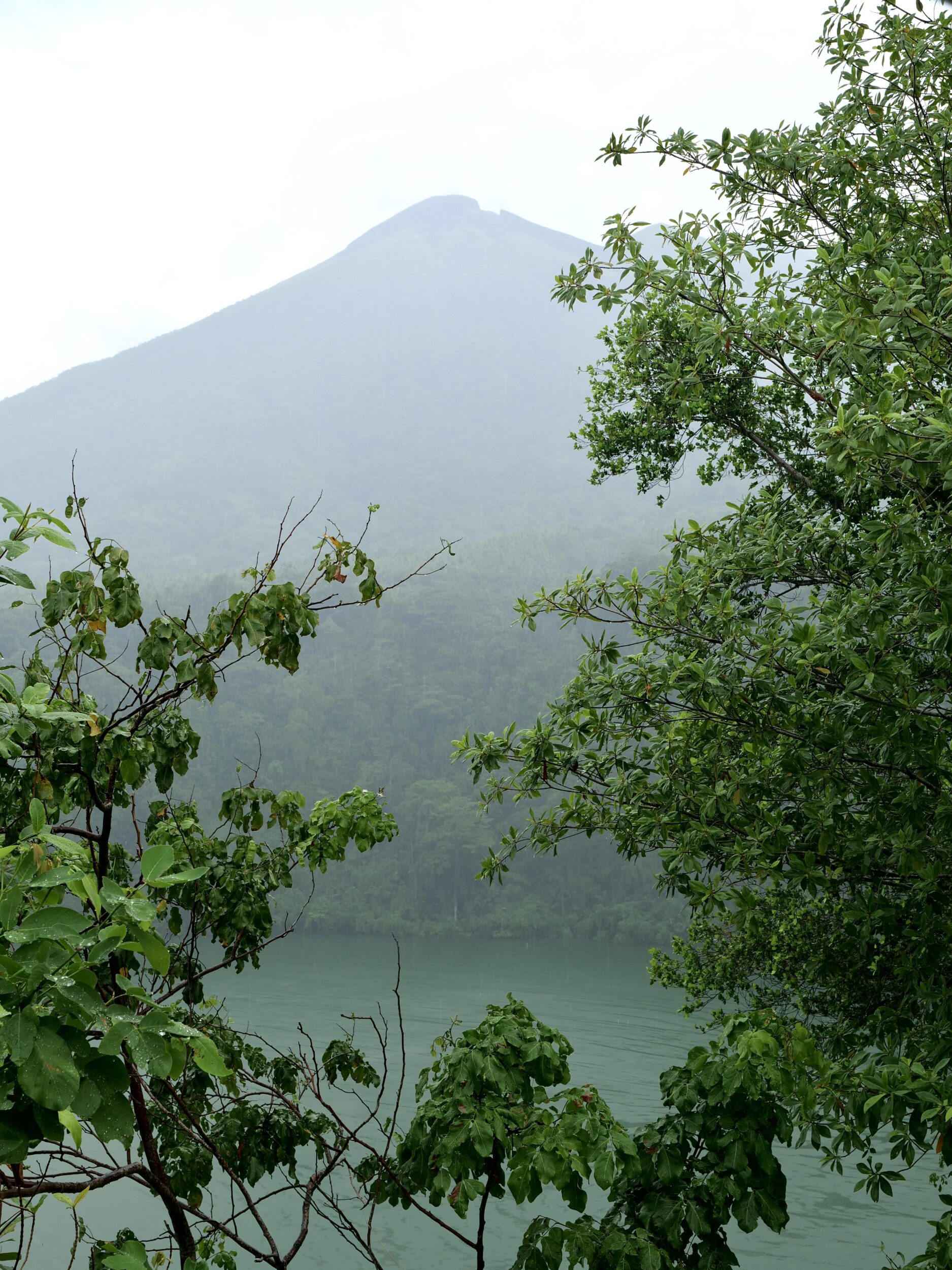Visiting “westerners” are likely to experience a complex series of emotions and hunches whenever they first set foot in a “third world” school.
I and my beloved are “old hands” in this respect, having previously visited “Christian”, “Hindu”, “Muslim” and “secular” schools in various, “remote” parts of Africa, Asia and Madagascar.
Nonetheless, our visit to Aduwey village’s school proved very surprising, inspiring…and slightly disturbing.
(as future, multi-image posts will eventually explain/illustrate)
Comments closed








